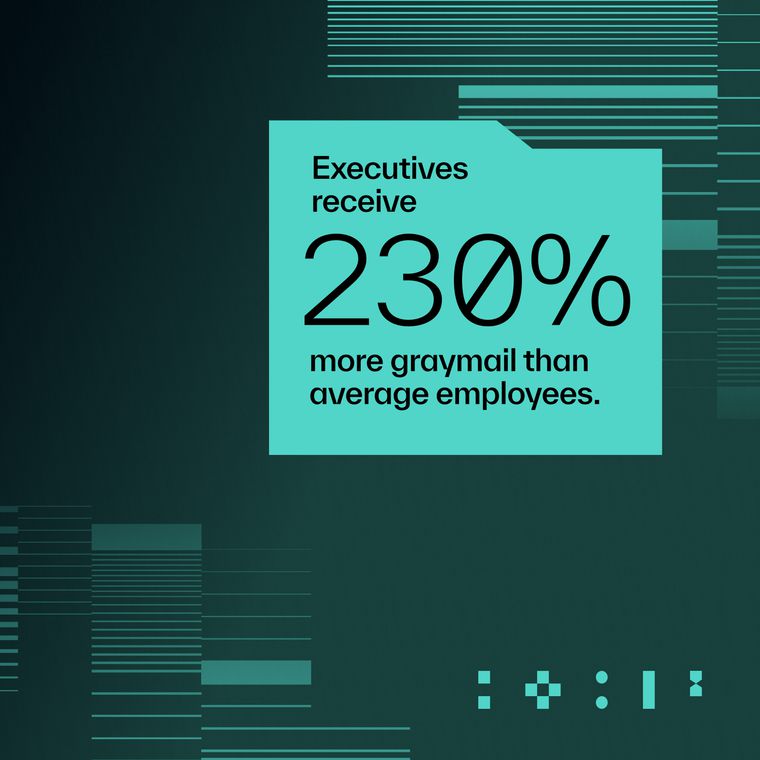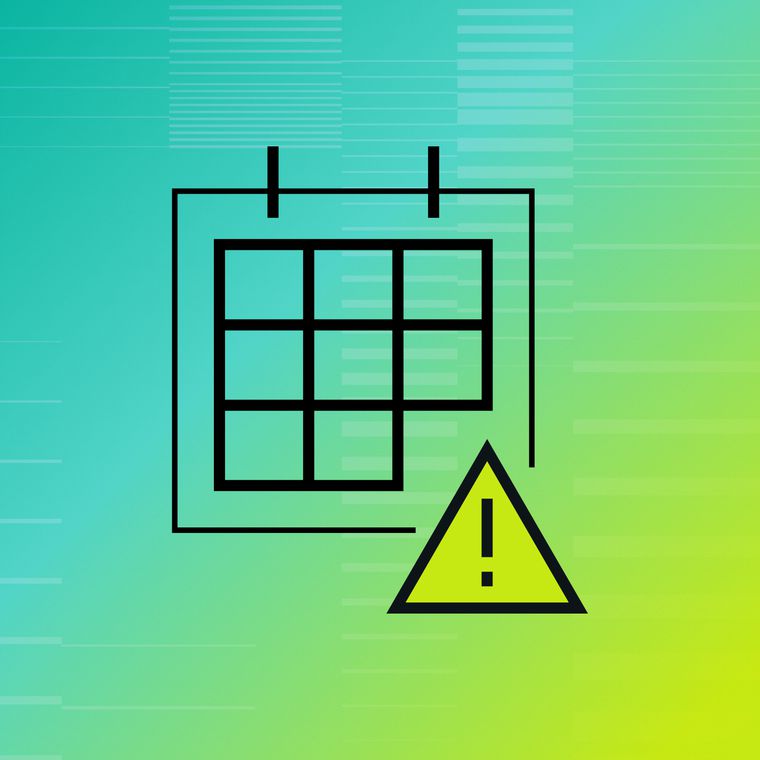From Ineffective to Intelligent: Rethinking SAT with AI-Driven Insights
Discover why traditional security awareness training isn’t reducing human risk and how AI-driven, personalized training can transform SAT effectiveness in 2025.
May 13, 2025

Despite the billions spent each year on advanced cybersecurity technologies, one vulnerability continues to persist: people. Human error remains the leading cause of successful cyberattacks, and most of today’s most damaging threats—like phishing, social engineering, and business email compromise—rely on human action to succeed.
To understand how organizations are addressing this persistent issue, Abnormal commissioned independent research from the AimPoint Group, surveying more than 300 IT and security leaders across the United States and the United Kingdom. While nearly every organization is investing in security awareness training (SAT), most believe their current efforts aren’t reducing risk effectively. But there's a path forward—one powered by personalization, just-in-time coaching, and AI.
Avoidable Mistakes Are Still Widespread—And Expensive
According to the research, 99% of organizations experienced at least one avoidable security incident in the past year. These incidents were most often caused by user actions like clicking malicious links or mishandling credentials—errors that could have been prevented with more effective training.
And the cost is real. Business email compromise (BEC) attacks now cost organizations an average of $137,000 per successful incident, with phishing responsible for 77% of advanced attacks. It’s clear that no matter how strong technical defenses are, addressing human behavior is essential to protecting the enterprise.

Security Awareness Training Is High Effort, Low Impact
Most organizations offer SAT—75% require training at least quarterly—but it’s often treated as a compliance checkbox rather than a driver of behavior change. Outdated content leads to disengagement, and employees frequently bypass training by sharing answers.
Even with significant investment, 83% say SAT tools require too much effort to manage, and 53% believe the results aren’t worth it. Measuring effectiveness is another challenge, with most teams relying on phishing simulations or user surveys—tools that provide little insight into real-world risk reduction.

What High-Performing Programs Do Differently
Organizations with more mature SAT programs take a different approach. They’re more likely to use just-in-time (JIT) training, which delivers micro-lessons to employees at the exact moment they engage with a potential threat—when it matters most.
They also invest in personalized, role-specific content that’s relevant to each employee’s unique responsibilities and risk profile. 51% of respondents cited awareness/training content that is relevant to each individual user/employee as one of the most important capabilities/characteristics of their ideal SAT solution.

Security Leaders Are Ready for Change
Security teams aren’t just thinking about improving security awareness—they’re making it a top priority. In fact, every leader we surveyed said they plan to enhance SAT over the next year, and 78% are turning to AI to make it happen.
Why AI? Because it makes things easier—and more effective. It can take the heavy lifting off your team by automatically creating personalized phishing simulations, delivering real-time coaching, and adjusting content based on user behavior, without requiring a full team to manage it.

The AI Phishing Coach: Training That Adapts to People
Most SAT programs demand too much from admins and deliver too little to employees. Abnormal built the AI Phishing Coach to change that.
Powered by generative AI, it delivers real-time coaching, personalized phishing simulations, and role-specific training based on real-world threats and individual behavior. It even generates custom training videos automatically, reducing effort while improving engagement. The result is smarter training that’s engaging, adaptive, and built for how people actually learn.
The Future of SAT Is Personal, Timely, and Effortless
Security leaders agree that traditional SAT programs aren’t enough. To truly reduce human risk, training must be relevant, engaging, and easy to manage at scale. The right solution makes that possible—and the latest research shows how.
Whether you’re starting from scratch or refining an existing program, our new SAT report offers data-driven insights to help you shift from checkbox compliance to meaningful behavior change.
Learn more by downloading the 2025 State of Security Awareness Training report today!
Related Posts
Get the Latest Email Security Insights
Subscribe to our newsletter to receive updates on the latest attacks and new trends in the email threat landscape.


